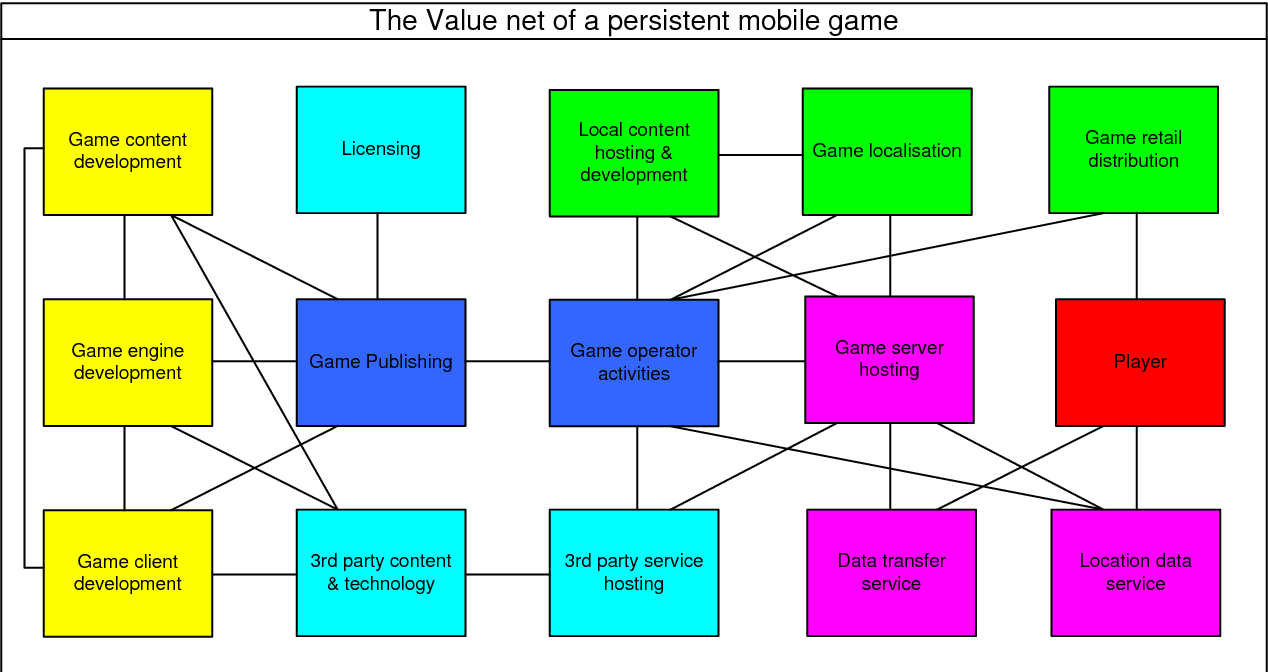The Evolving Landscape of Mobile Game business Models
The mobile gaming industry has exploded in popularity, transforming from a niche pastime to a global phenomenon. This rapid growth has been fueled by the accessibility of smartphones, advancements in mobile technology, and the innovative monetization strategies employed by game developers. Understanding these mobile game business models is crucial for anyone looking to succeed in this dynamic market. This article will explore the various revenue streams, design considerations, and strategic approaches that drive profitability in the mobile gaming world.
Free-to-Play (F2P): The Dominant Model
The free-to-play model has become the most prevalent business model in mobile gaming. It allows users to download and play games without any upfront cost, significantly lowering the barrier to entry. Developers then monetize their games through various in-app purchases and advertising. The success of F2P relies on engaging players and incentivizing them to spend money within the game.

# In-App Purchases (IAP): The Core of F2P
IAPs are the cornerstone of the F2P model. They encompass a wide range of virtual goods and services that players can purchase with real money. These can include:
Cosmetics: These items alter the appearance of characters, weapons, or other in-game elements without affecting gameplay. They appeal to players who want to personalize their experience and stand out from the crowd.
# Advertising: A Secondary Revenue Stream
Advertising is another significant revenue source in F2P games. Several ad formats are commonly used:
Rewarded Video Ads: Players can choose to watch a short video ad in exchange for in-game rewards. This format is generally well-received as it provides value to the player.
Premium Model: A Traditional Approach
The premium model involves charging players an upfront fee to download and play the game. This model is more common for console and PC games but is less prevalent in the mobile market. While it can generate significant revenue from initial sales, it can be challenging to attract a large audience in a market dominated by F2P titles.
# Paid Downloads: Direct Purchase
Players pay a one-time fee to download and install the game. This model relies on strong marketing and positive reviews to drive sales.
# Premium IAPs: Expanding the Experience
Some premium games also incorporate IAPs, but these are typically limited to cosmetic items or expansions rather than core gameplay advantages. This allows developers to generate additional revenue without compromising the fairness of the game.
Hybrid Models: Blending Approaches
Some mobile games utilize hybrid models that combine elements of both F2P and premium models. For example, a game might offer a free version with limited features and a premium version with additional content and no ads. This approach can cater to a wider audience and provide different options for monetization.
Key Considerations for Mobile Game Business Models
Several factors need to be considered when choosing a business model for a mobile game:
# Target Audience: Understanding Player Preferences
The target audience plays a crucial role in determining the most effective monetization strategy. Different demographics have different spending habits and preferences.
# Game Genre: Matching Monetization with Gameplay
The genre of the game can also influence the choice of business model. Some genres, such as puzzle games, lend themselves well to IAPs, while others, like simulation games, might be more suitable for subscriptions.
# Game Design: Integrating Monetization Seamlessly
Monetization should be integrated seamlessly into the game design. Forcing monetization can alienate players and lead to negative reviews.
# Player Retention: Keeping Players Engaged
Retaining players is crucial for long-term profitability. Games need to offer engaging gameplay and a compelling experience to keep players coming back.
# Marketing and User Acquisition: Reaching the Target Audience
Effective marketing and user acquisition strategies are essential for attracting new players and growing the game’s audience.
The Future of Mobile Game Business Models
The mobile gaming market is constantly evolving, and new business models are emerging. Cloud gaming, subscription services, and blockchain-based games are some of the trends that are shaping the future of the industry. Developers need to stay informed about these trends and adapt their strategies to remain competitive.
# Cloud Gaming: Streaming Games on Demand
Cloud gaming allows players to stream games directly to their devices without the need for downloads or installations. This technology has the potential to revolutionize the mobile gaming industry by making high-end games accessible to a wider audience.
# Subscription Services: Access to a Library of Games
Subscription services offer players access to a library of games for a monthly fee. This model is gaining popularity in the mobile gaming market and provides a recurring revenue stream for developers.
# Blockchain-Based Games: Play-to-Earn and NFTs
Blockchain-based games utilize cryptocurrencies and NFTs (non-fungible tokens) to create new opportunities for monetization. Play-to-earn models allow players to earn cryptocurrency by playing the game, while NFTs can be used to represent unique in-game items that can be traded or sold.
Conclusion: Adapting to the Dynamic Landscape
The mobile gaming industry is a dynamic and competitive market. Choosing the right business model is crucial for success. Developers need to carefully consider their target audience, game genre, and design when developing their monetization strategy. By staying informed about the latest trends and adapting to the evolving landscape, mobile game developers can create profitable and engaging experiences for players around the world. The future of mobile gaming is bright, and those who understand the intricacies of these business models are best positioned to thrive in this exciting industry.



